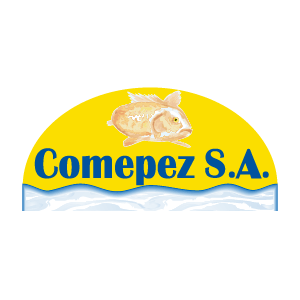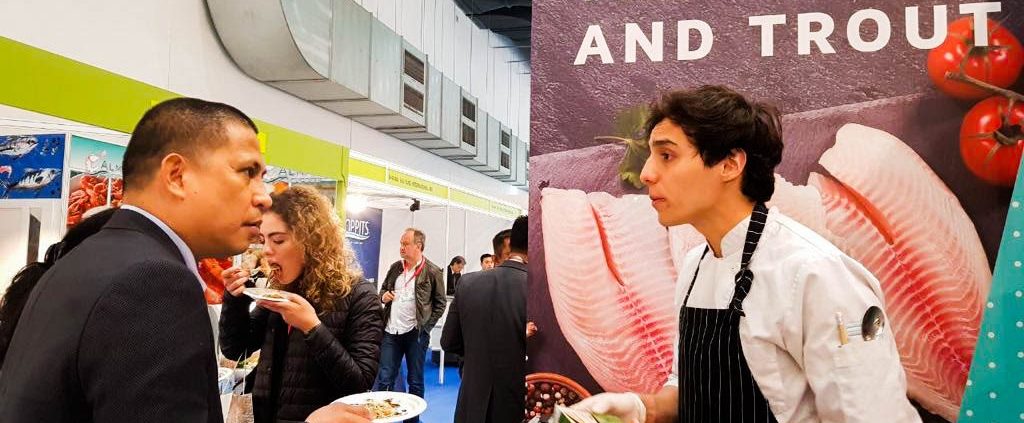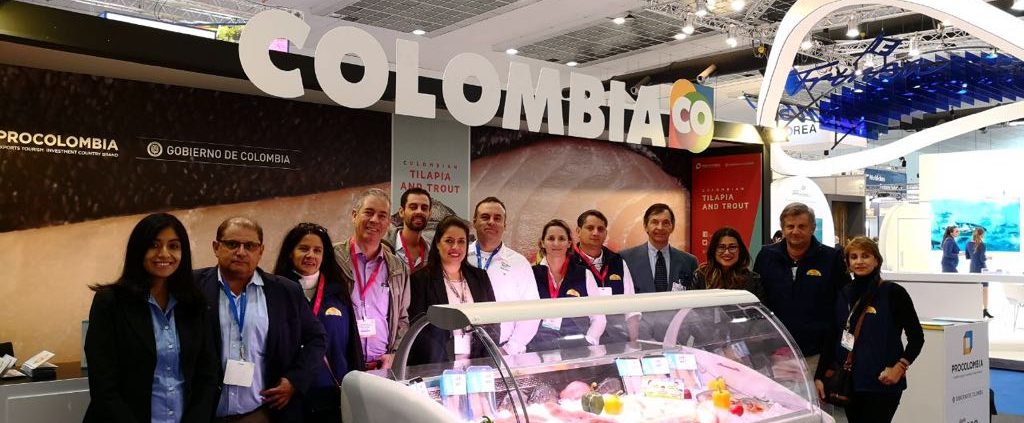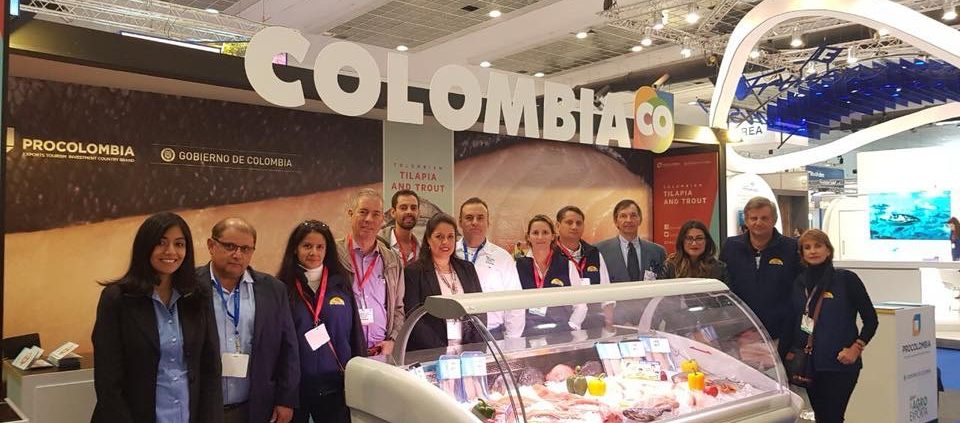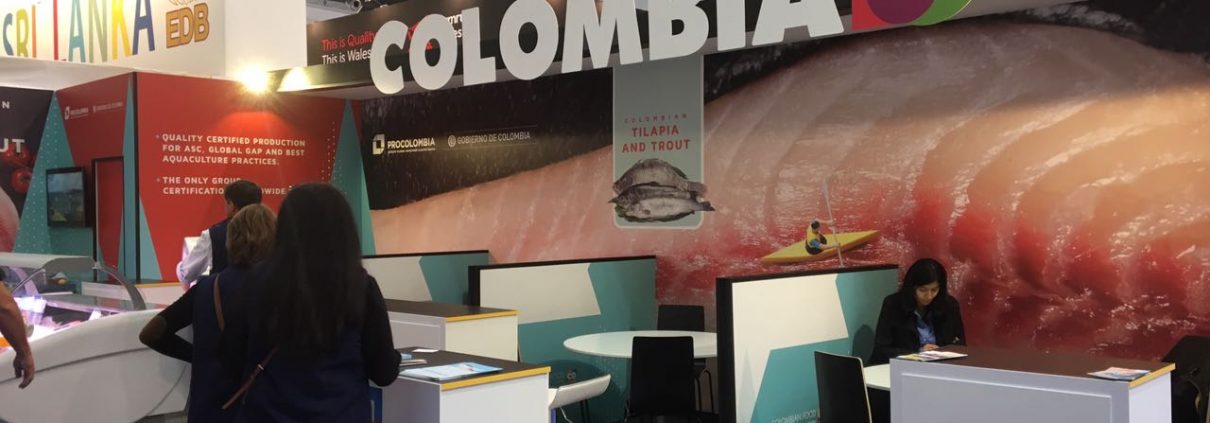The Colombian fish industry, mainly specialized in tilapia, has a 20-year old history. Its infrastructure, production and development has centralized in Huila, a southern Colombia’s department. This business has employed more than 10.000 people in this region, becoming the second biggest economy behind the coffee industry.
“The water temperature is ideal, we own a “Rolls Royce” regarding tilapia production: the Betania reservoir”assures Andrés Macías, the directing manager of Comepez, a Colombian company engaged with tilapia exports to United States and Europe. “Tilapia is a fresh product, managed with the Best Aquaculture Practices (BAP), which complies with all the international standards and logistic processes for its successful exportation to United States, which allows us to deliver a fresh product right to the costumers dining table” said the entrepreneur.
Colombia has a certified fish industry which guarantees the best quality standards. According to Steven Hedlund, Global Aquaculture Alliance spokesman, “there are a total of 46 BAP-certified facilities in Colombia. That includes 27 BAP-certified tilapia farms, four BAP-certified tilapia processing plants, eight BAP-certified tilapia hatcheries, two BAP-certified trout farms, three BAP-certified processing plants and two BAP-certified feed mills”
Besides, in partnership with Fedeacua, a guild for Colombian tilapia producers, Global Aquaculture Alliance works in the Biosecurity Area Management Standards first trial. This project, located in Betania, “lays out how farmers and other entities within a defined productive aquaculture area can best work together to prevent or mitigate threats from disease. That Fedeacua is the first to undertake this shows how progressive the country is” said Hedlund.
In early 2018, Colombia begun its food promotion campaign “Colombian food, as exciting as its origin” where tilapia is the leading character, defined as a fresh product with high quality and sustainability standards. “The flavor of this fish is different. The Betania reservoir is fed with water from Magdalena and Páez rivers. I’ve had had clients who say that Colombian tilapia is very different” assured Macías.
However, the white fish intake in United States and Europe has fallen in the last four years given the stigma of it being Asian. In order to avoid the taint, the tilapia producers have demanded supermarkets to show the product origin in its packages and shelves. “The product must have a clear traceability; United Stated grocery stores have to show the origin of the product by law” underlined Macías.
According to this entrepreneur, tilapia is very well received in Spain. Comepez have exported tilapia for about a year and a half to Europe and aims to be known by many other distributers. “The challenge is for the Colombia’s origin brand to be known. Being from South America is a benefit for us because Spain approve us, and when we sold this product to them, they didn’t imagine it was tilapia”.
Annually, all 46 certified companies with BAP certifications approach the GAA to confirm their quality standards. And according to Hedlund, year by year the country installations prove to be at its best for global requirements.
Jaime Macías is the general manager of Proceal, a tilapia breeding company which exports the totality of its products to United States and Canada. “Colombian tilapia is raised and processed with the higher quality standard on this industry. Its bred in natural water and the currents guarantee its appropriate development and growth, which allows us to provide fillets with great palatability quality, presentation and healthiness”. He assures the Colombian origin produce in United States in branded as premium regardless the downfall of white fish intake.
There is a great opportunity for this product to be in European and American markets, where the tilapia is chosen by children. Its taste is almost neutral, which is very attractive to youngsters, which is a direct entrance to family houses in these markets. “Tilapia, just as the other fishes, is a great protein source for our nutrition, particularly in kids and adults. It’s a very healthy product with permanent supplies in markets, has a neutral flavor and a very affordable price. Unlike frozen products, the fillets freshness provides an excellent flavor and juiciness at taste” said Proceal manager.
“Tilapia has a lot of great qualities from a taste and texture perspective. It’s mild. It’s versatile. And it’s easy to cook”, said Hedlund.
ProColombia, the agency promoting non-mining-energetic exports, international tourism and direct foreign investment, aims to support the industry in order to make the Colombian tilapia known by consumers all over the world. The constant participation in specialized fairs is one of the most important strategies to position this fish in markets abroad.
Numbers are very positive towards the promotion of this fish. The FAO estimates a 18% increase of tilapia’s production by 2022. Regarding the international trade, the world will export 36% of the entire tilapia production, meaning an intake growth of the 22%.
Colombia is one of the seven countries estimated by the FAO to be an agricultural dispense for the entire world by 2050. Tilapia is one of the prioritized products by the National Government to increase its production to guarantee the supply of the international demand. The Colombian exportations of tilapia fillets achieved US$ 38 billion in sales with United States and Spain as their main markets.
Colombia is at the Seafood Expo global international fair, which takes place from April 24 to 26, 2018 in Brussels. The delegation of Colombia is headed by the Ambassador to the European Union, Sergio Jaramillo and representatives of four Colombian exporters: TroutCo S.A.A., Comepez S.A., Proceal S.A. and Piscícola New York, with an offer based on fresh and processed tilapia and trout. Seafood Expo global is the world’s largest seafood trade fair that attracts seafood buyers and suppliers from around the world. Last year’s event saw more than 28,500 seafood professionals attending the exposition from over 150 countries.
Source: Aqualculture
